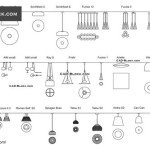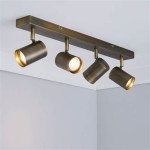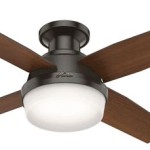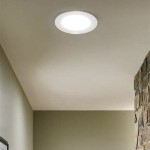Ceiling Light Transformer: Essential Aspects to Consider
Ceiling light transformers play a vital role in the operation of recessed lighting, downlights, and other low-voltage lighting systems. Understanding their key aspects is crucial for selecting, installing, and maintaining these lighting fixtures effectively. Here are essential aspects to consider:
Voltage Conversion: The primary function of a ceiling light transformer is to convert the standard line voltage (usually 120V or 240V) to a lower voltage (typically 12V or 24V) required by the lighting fixture. This voltage conversion ensures that the light will operate safely and efficiently.
Load Capacity: Each transformer has a specified maximum load capacity, which refers to the total wattage of lights that can be connected to it. Exceeding the load capacity can overload the transformer and cause it to overheat or fail. When choosing a transformer, ensure that its load capacity is sufficient for the total wattage of the lights you plan to use.
Type of Transformer: There are two main types of ceiling light transformers: magnetic and electronic. Magnetic transformers are heavier, less efficient, and generate heat, while electronic transformers are more compact, energy-efficient, and cooler to the touch. Electronic transformers are generally preferred for modern lighting systems due to their advantages.
Compatibility: Ceiling light transformers must be compatible with the type of lighting fixture they are intended to power. For instance, some transformers are specifically designed for LED lights, while others are suitable for incandescent or halogen bulbs. Ensure that you select a transformer that is compatible with the fixtures you are using to avoid any operational issues.
Safety and Regulations: Ceiling light transformers must comply with safety standards and regulations to ensure the safe operation of the lighting system. Look for transformers that have been certified by reputable organizations such as UL or ETL. Additionally, follow proper installation guidelines and connect the transformer securely to the power source and the lighting fixtures.
Dimming Capabilities: If you plan to dim your ceiling lights, ensure that you select a dimming transformer. Dimming transformers allow you to control the light intensity, creating different moods and atmospheres in your space. Choose a transformer that is compatible with the type of dimmer you intend to use.
By considering these essential aspects, you can select and install ceiling light transformers that will provide reliable and efficient operation of your lighting system. Remember to refer to the manufacturer's specifications and seek professional guidance if necessary to ensure the safe and optimal functioning of your lighting setup.

1 36x1w 85 265v Led Driver Convertor Transformer Ceiling Light Power Supply Lazada Vn

Ac 85 265v Led Driver Power Supply Adapter For Lamp Panel Ceiling Light Lighting Double Color 3pin Transformer 18w 150w Lazada Vn

Mua 8 40w Single Dual Lighting Transformer Dimmable Led Driver Power Supply Adapter For Lamp Panel Ceiling Light Tiki

Led Drive Segmented Ceiling Lamp Light Transformer Constant Cur Power Supply

12 24w 24 36w 36 50w External Power Supply Led Driver Electronic Transformer Constant Cur For Ceiling Light Fruugo Tr

Mua 8 40w Single Dual Lighting Transformer Dimmable Led Driver Power Supply Adapter For Lamp Panel Ceiling Light Tiki

2x Led Driver 18 24w Transformer For Ceiling Light Panel Power Supply Dc Connector

Mua 8 40w Single Dual Lighting Transformer Dimmable Led Driver Power Supply Adapter For Lamp Panel Ceiling Light Tiki

Jingt Led Driver Adapter For Lighting Non Isolating Transformer Ceiling Light Com

Replacement Power Supply Tool Accessory Transformer Ceiling Light Lamp
Related Posts








